Metalaxyl 12% + Copper oxide 60% WP
NOMENCLATURE
Common name metalaxyl (BSI, E-ISO, (m) F-ISO, ANSI)
IUPAC name methyl N-(methoxyacetyl)-N-(2,6-xylyl)-DL-alaninate; methyl 2-{[(2,6-dimethylphenyl)methoxyacetyl]amino}propionate
Chemical Abstracts name methyl N-(2,6-dimethylphenyl)-N-(methoxyacetyl)-DL-alaninate
CAS RN [57837-19-1]
APPLICATIONS
Biochemistry Inhibits protein synthesis in fungi, by interference with the synthesis of ribosomal RNA.
Mode of action Systemic fungicide with protective and curative action, taken up by leaves, stems and roots.
Uses To control diseases caused by air- and soil- borne Peronosporales on a wide range of temperate, subtropical and tropical crops. Foliar sprays with mixtures of metalaxyl and protectant fungicides are recommended to control air-borne diseases caused by Pseudoperonospora humuli on hops, Phytophthora infestans on potatoes and tomatoes, Peronospora tabacina on tobacco, Plasmopara viticola on vines, Bremia lactucae on lettuce, and downy mildews on various vegetables, at 200-300 g/ha. Soil applications of metalaxyl alone are used to control soil-borne pathogens causing root and lower stem rots on avocado and citrus, at 500-1500 g/ha. Seed treatments control systemic Peronosporaceae on maize, peas, sorghum and sunflowers, as well as damping-off (Pythium spp.) of various crops.
Copper oxide NOMENCLATURE
Common name cuprous oxide (E-ISO, accepted in lieu of common name); oxyde cuivreux (F-ISO, accepted in lieu of common name)
IUPAC name copper(I) oxide; dicopper oxide
Chemical Abstracts name copper oxide (Cu2O) Other names brown copper oxide; red copper oxide; C.I. 77402 CAS RN [1317-39-1]
Copper oxide APPLICATIONS
Copper oxide Biochemistry Copper-II ion (Cu++) is taken up by the spores during germination and accumulates until a sufficiently high concentration is achieved to kill the spore cell; the activity is limited to the prevention of spore germination.
Copper oxide Mode of action Foliar fungicide with preventive action. Deposits must be on the crop before fungal spores begin to germinate.
Copper oxide Uses Control of blights, downy mildews, rusts, and leaf spot diseases in a wide range of crops, including potatoes, tomatoes, vines, hops, olives, pome fruit, stone fruit, citrus fruit, beetroot, sugar beet, celery, carrots, coffee, cocoa, tea, bananas, etc. Applied at 0.75-1 kg/ha. Phytotoxicity Non-phytotoxic when used as directed, except to brassicas and copper-sensitive plants. Russetting is possible with some varieties of fruit.
Copper oxide Compatibility Not compatible with highly alkaline pesticides, or with fenvalerate, parathion, chlorpyrifos or dicloran.
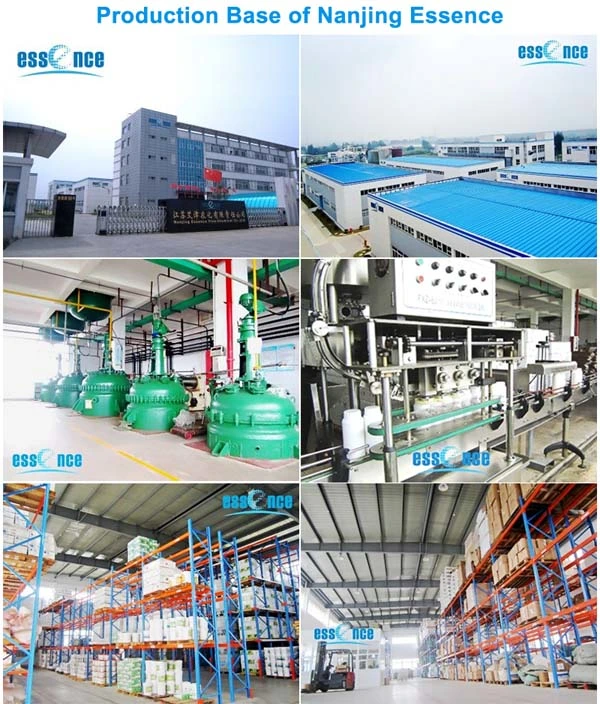
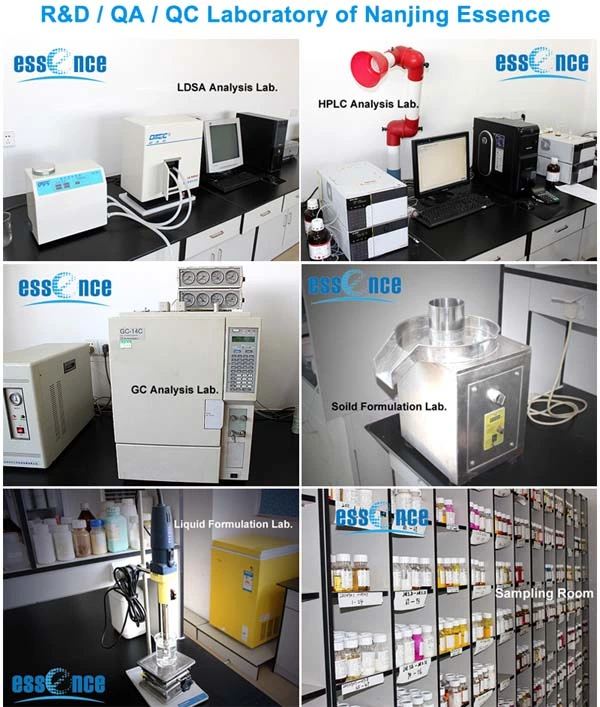

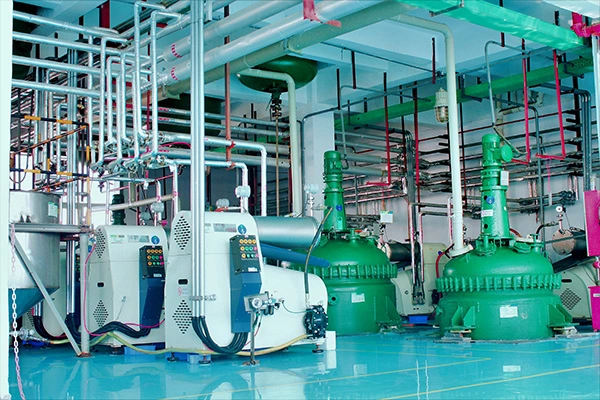
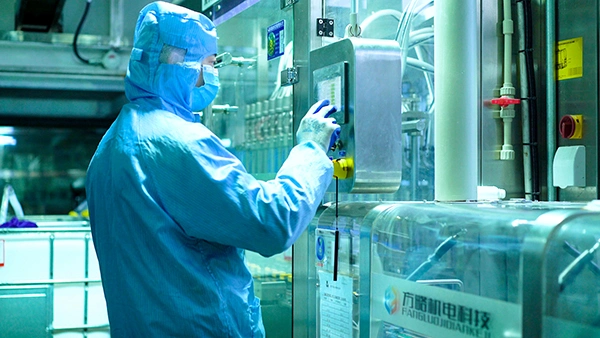

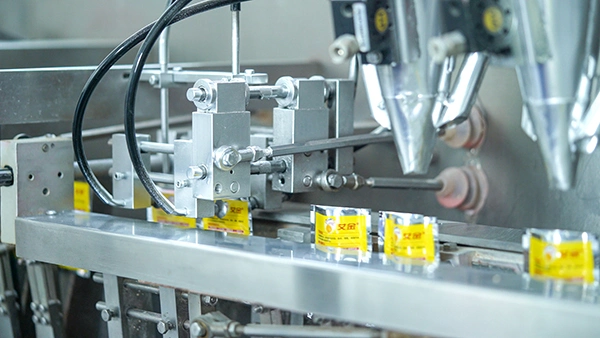

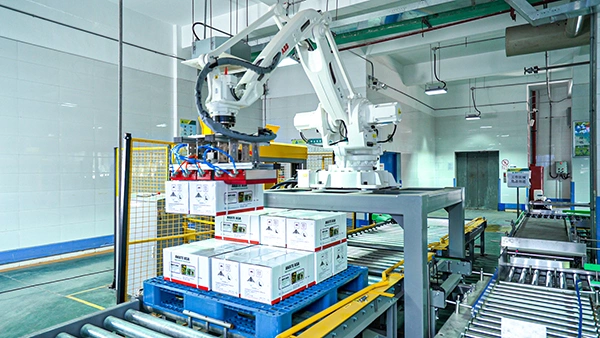
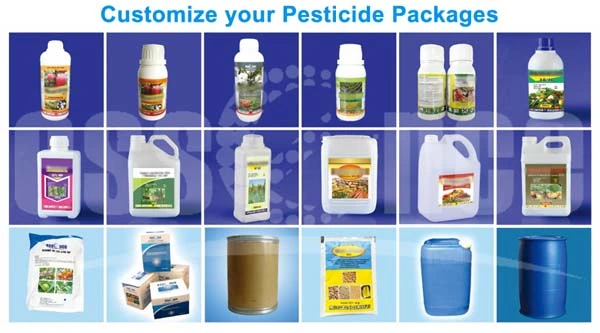


NOMENCLATURE
Common name metalaxyl (BSI, E-ISO, (m) F-ISO, ANSI)
IUPAC name methyl N-(methoxyacetyl)-N-(2,6-xylyl)-DL-alaninate; methyl 2-{[(2,6-dimethylphenyl)methoxyacetyl]amino}propionate
Chemical Abstracts name methyl N-(2,6-dimethylphenyl)-N-(methoxyacetyl)-DL-alaninate
CAS RN [57837-19-1]
APPLICATIONS
Biochemistry Inhibits protein synthesis in fungi, by interference with the synthesis of ribosomal RNA.
Mode of action Systemic fungicide with protective and curative action, taken up by leaves, stems and roots.
Uses To control diseases caused by air- and soil- borne Peronosporales on a wide range of temperate, subtropical and tropical crops. Foliar sprays with mixtures of metalaxyl and protectant fungicides are recommended to control air-borne diseases caused by Pseudoperonospora humuli on hops, Phytophthora infestans on potatoes and tomatoes, Peronospora tabacina on tobacco, Plasmopara viticola on vines, Bremia lactucae on lettuce, and downy mildews on various vegetables, at 200-300 g/ha. Soil applications of metalaxyl alone are used to control soil-borne pathogens causing root and lower stem rots on avocado and citrus, at 500-1500 g/ha. Seed treatments control systemic Peronosporaceae on maize, peas, sorghum and sunflowers, as well as damping-off (Pythium spp.) of various crops.
Copper oxide NOMENCLATURE
Common name cuprous oxide (E-ISO, accepted in lieu of common name); oxyde cuivreux (F-ISO, accepted in lieu of common name)
IUPAC name copper(I) oxide; dicopper oxide
Chemical Abstracts name copper oxide (Cu2O) Other names brown copper oxide; red copper oxide; C.I. 77402 CAS RN [1317-39-1]
Copper oxide APPLICATIONS
Copper oxide Biochemistry Copper-II ion (Cu++) is taken up by the spores during germination and accumulates until a sufficiently high concentration is achieved to kill the spore cell; the activity is limited to the prevention of spore germination.
Copper oxide Mode of action Foliar fungicide with preventive action. Deposits must be on the crop before fungal spores begin to germinate.
Copper oxide Uses Control of blights, downy mildews, rusts, and leaf spot diseases in a wide range of crops, including potatoes, tomatoes, vines, hops, olives, pome fruit, stone fruit, citrus fruit, beetroot, sugar beet, celery, carrots, coffee, cocoa, tea, bananas, etc. Applied at 0.75-1 kg/ha. Phytotoxicity Non-phytotoxic when used as directed, except to brassicas and copper-sensitive plants. Russetting is possible with some varieties of fruit.
Copper oxide Compatibility Not compatible with highly alkaline pesticides, or with fenvalerate, parathion, chlorpyrifos or dicloran.











